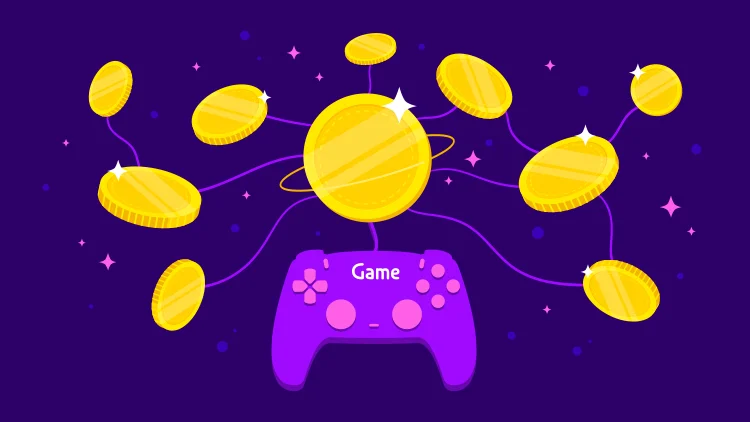
The gaming industry has experienced a revolutionary shift in recent years, not just in terms of technology and gameplay, but also in how games are monetized. Game developers and gaming studios in Pune, India, and around the world have explored various strategies to generate revenue while delivering exceptional gaming experiences. In this blog post, we will delve into game monetization strategies, focusing on the perspective of gaming studios in Pune and India.
The Gaming Industry’s Landscape
Pune, a vibrant city known for its tech industry, hosts numerous gaming studios and top gaming companies in India. These companies understand the significance of striking a balance between financial viability and player satisfaction through effective game monetization strategies. Let’s explore the various monetization models employed in the gaming industry.
Free-to-Play Model with In-App Purchases
The free-to-play model with in-app purchases is one of the most prevalent monetization strategies in the mobile gaming space. This model allows players to download and play the game for free while offering optional in-app purchases for virtual goods, upgrades, or additional content. Gaming studios in Pune leverage this model to reach a broader audience and encourage player engagement. Popular mobile games in India, adopting this strategy, offer players the flexibility to enjoy the game without any upfront cost, while those interested in enhancing their experience can make in-app purchases to progress faster or customize their gameplay.
Advertisement-Based Monetization
Another common monetization approach in free-to-play games is advertisement-based monetization. In this model, the game is offered for free, and players are exposed to advertisements during gameplay. Gaming studios in India often integrate unobtrusive ads strategically to ensure they do not disrupt the player experience. Advertisements provide revenue for the developers and are often supplemented by rewards or incentives for players who choose to watch the ads voluntarily. This model is especially popular in casual mobile games and offers developers a consistent source of revenue.
Subscription Model
The subscription model is gaining momentum in the gaming industry, particularly for premium mobile games or exclusive content offerings. Under this model, players pay a recurring subscription fee to access a collection of games, in-game perks, or exclusive content. Top gaming studios in India may offer premium subscription plans that provide ad-free experiences, early access to new content, or special rewards for subscribers. The subscription model ensures a steady revenue stream and fosters player loyalty by offering continuous value to subscribers.
Pay-to-Play Model
While free-to-play games dominate the mobile gaming market, the pay-to-play model is still relevant, particularly for PC and console games. In this model, players are required to purchase the game upfront before being able to play. Top gaming studios in Pune often adopt this model for high-quality AAA titles that offer extensive content and a complete game experience without the need for additional in-game purchases. This model allows developers to set a clear price point for their games and provides players with the entire game experience right from the start.
In-Game Events and Limited-Time Offers
Gaming studios often employ in-game events and limited-time offers to drive engagement and monetization. These events and offers are designed to create a sense of urgency and exclusivity, encouraging players to make in-app purchases or participate in special activities. Limited-time sales, exclusive items, or time-limited challenges are examples of monetization strategies that leverage players’ FOMO (fear of missing out) to boost revenue during specific periods.
Merchandising and Licensing
Beyond in-game purchases, gaming studios have explored monetization through merchandising and licensing. Popular games with a dedicated fan base often release merchandise such as clothing, accessories, toys, and collectibles based on characters and themes from the game. Additionally, licensing the game’s intellectual property to other industries, such as movies, TV shows, or comics, can create new revenue streams for gaming studios in Pune and India.
Conclusion
In the dynamic world of the gaming industry, successful game monetization is a delicate balance between generating revenue and providing players with enjoyable experiences. Gaming studios in Pune, India, and beyond have explored various strategies, including the free-to-play model with in-app purchases, advertisement-based monetization, subscription models, pay-to-play options, in-game events, and merchandising. Each monetization strategy has its strengths and appeals to different audiences and genres.
As the gaming industry continues to evolve, it is essential for gaming studios to remain adaptable and innovative in their approach to monetization. By understanding their target audience, embracing player feedback, and delivering engaging experiences, gaming studios in Pune, India, and worldwide can navigate the intricate landscape of game monetization and create sustainable businesses while providing players with unforgettable gaming adventures.
